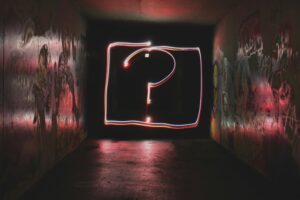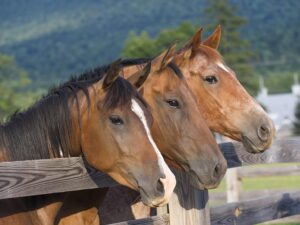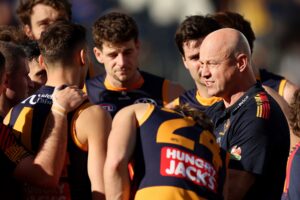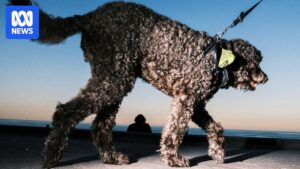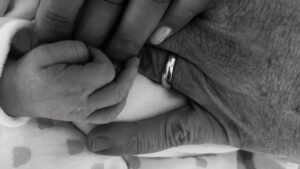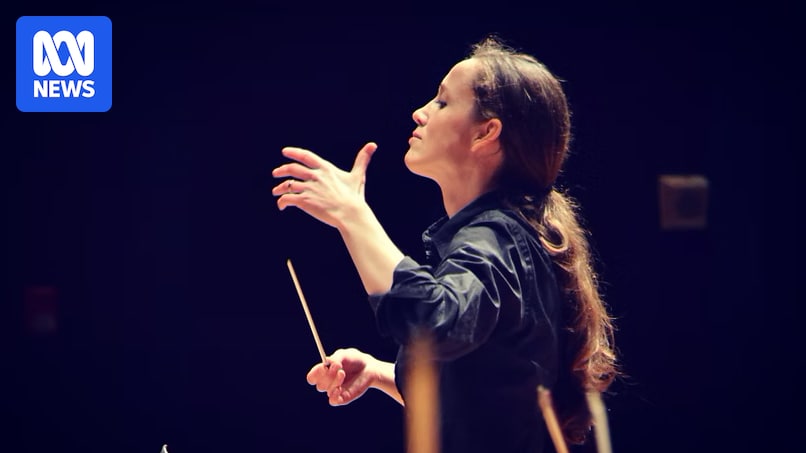
For most, music is a feast for the ears. Yet, for individuals with synaesthesia, music transcends auditory experience, engaging multiple senses in a unique symphony of perception. Some see musical harmony in vivid colors; others feel physical sensations like pins and needles or experience textures akin to jelly or cloth.
Synaesthesia, a neurological condition where stimuli are perceived through multiple senses, can make music profoundly enriching or occasionally disruptive. “The main thing about synaesthesia is that it is an added sense that your brain uses to interpret whatever information is going on around your body,” explains Stéphanie Kabanyana Kanyandekwe, a synaesthete and presenter at ABC Classic. “The permutation is almost endless,” she adds, emphasizing the diverse experiences of those with the condition.
The Colorful World of Chromesthesia in Music
One of the most recognized forms of synaesthesia in the music world is chromesthesia, where sounds are seen as colors and patterns. French composer Olivier Messiaen famously associated specific chords with vivid colors, while jazz legend Duke Ellington experienced orchestral textures in shifting shades of light and fabric. Jessica Cottis, the artistic director of the Canberra Symphony Orchestra, also perceives instrument groups as colors, describing woodwinds as bright blue and brass as spring green.
However, no two synaesthetic experiences are identical. Composers like Rimsky-Korsakov and Scriabin assigned different color charts to musical key signatures. Kabanyana Kanyandekwe recalls a university encounter with another synaesthete, noting, “I said this chord was blue, and they said it was yellow.” Such variations highlight the personal nature of synaesthetic experiences.
Synaesthesia and Neurodiversity
Kabanyana Kanyandekwe points out that synaesthesia is considered a form of neurodiversity. “Neurodiversity is an umbrella term that covers many different conditions and the ways the brain works,” she explains. She believes synaesthesia is common in young children but often fades as people age. “As people’s brains work out what information is important, most shave off the extra [sensory] information,” she says. “Synaesthetes just happen to retain the extra information.”
While often viewed as a harmless curiosity, synaesthesia can profoundly impact one’s understanding and appreciation of music. Initiatives like providing sonic stories, which describe the sounds to be heard during a concert, can help synaesthetes and others with neurodiversity manage their experiences. Kabanyana Kanyandekwe shares, “In some concerts, I wear certain earplugs that help me attenuate the sound in a way that doesn’t harm me and allow me to appreciate the music.”
Harnessing Synaesthesia to Create Music
The potential of synaesthesia has long captivated composers like Messiaen and Scriabin. Messiaen’s “Couleurs de la Cité Céleste” (Colours Of The Celestial City) depicts a multi-colored, heavenly city inspired by his synaesthetic experiences. Jessica Cottis uses her gift practically, aiding her in rehearsals. “If I’m rehearsing and [the orchestra] is out of tune, the colors become less clear in my mind in addition to hearing it,” she notes.
In 1915, Scriabin invented the “Clavier à lumières,” a keyboard projecting colored lights based on musical notes. Although researchers debate whether Scriabin’s system was a genuine expression of synaesthesia or an aesthetic creation, it remains one of the earliest attempts to create an immersive concert experience.
Australian performance artist Jocelyn Ho has also explored synaesthesia’s multi-sensory nature. Her Synaesthesia Playground project, conducted in 2016 and 2017, involved musicians, computer scientists, visual artists, and fashion designers to create an interactive concert. Ho wore a fiber-optic dress that visually represented her physical reactions to music, allowing audiences to see her vulnerability as her heart rate quickened.
The Future of Music and Synaesthesia
Musicians living and working with synaesthesia demonstrate that music is more than a feast for the ears—it is a full-body experience. Jocelyn Ho asserts, “In musical memory, for instance, all of these senses such as sight, sound, smell, and touch are integrated; they are not separated.”
As the understanding of synaesthesia and neurodiversity grows, so does the potential to enrich musical experiences for all. Whether through innovative concert experiences or personal adaptations, the interplay between music and synaesthesia continues to inspire and challenge perceptions of how we engage with sound.
